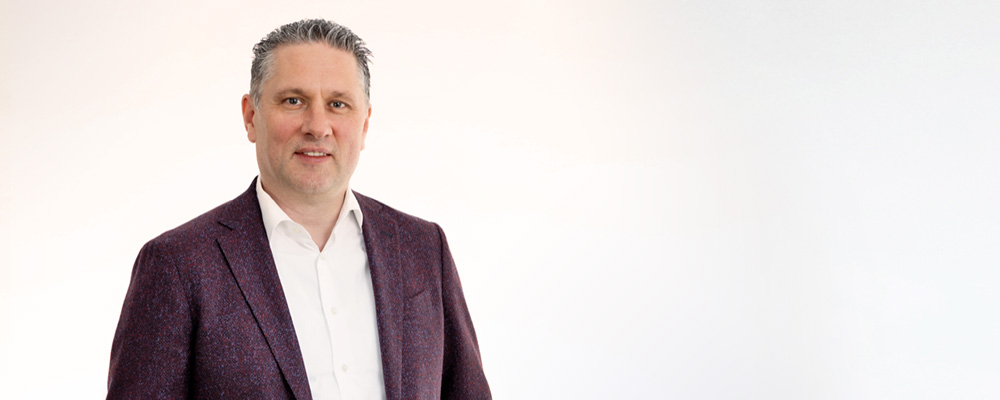Circular Building Concept.
RITTWEGER and TEAM distinguish themselves as experts in the field of circular construction through their solid expertise, extensive experience, and successful implementation of diverse sustainable projects. Our expertise encompasses all aspects of circular construction, ranging from material selection and integration to the design of future-proof building concepts. With a profound understanding of the circular economy and innovative design approaches, we provide consulting services to architects, project sponsors, and construction companies, assisting them in creating resource-efficient and environmentally sustainable built environments.
Sustainable construction with CO₂ storage potential
The concept of the “Bauhaus of the Earth” within the EU New European Bauhaus emphasises the crucial role of buildings as carbon sinks in achieving the 1.5-degree target established in the Paris Agreement at COP21. Building with wood as a long-term carbon storage material plays a key role. To maximise this effect, it is essential that all other building components are circular, and process-related emissions do not outweigh the carbon storage effect of wood as a building material. Measurement and verification are carried out through comprehensive CO₂ accounting according to the GHG Protocol for Scope 1, 2, and 3 emissions. Our concept for the holiday home “WOOP,” which was awarded the international Green Product Award in 2022, serves as an exemplary demonstration of how this can be implemented today.
Versatile EU taxonomy-compliant usability
RITTWEGER und TEAM supports you in the development of circular building concepts that meet EU Taxonomy-compliant requirements through resource efficiency, material health, modularity, and recyclability, preparation for the reuse of raw materials and materials, the utilisation of renewable energy concepts and regenerative building technology, water and waste management, environmental integration, inclusion, and positive inside-out impacts, as well as the minimisation of environmental impacts during the construction phase.
A fundamental aspect of holistic and sustainable building concepts is material selection, for which we rely on our in-house material library, the Circular Material LAB. A fundamental building block of holistic and sustainable building concepts is material selection, for which we rely on our in-house material library, the Circular Material LAB. In collaboration with specialised architectural and engineering firms and drawing on our over 30 years of design expertise, we develop coherent, well-founded, and aesthetically appealing building concepts suitable for various building types.

We offer the following interdisciplinary project-related services:
- Market research and topic identification
- Visualisation of the circular building concept
- Material selection based on materials that meet the Cradle to Cradle Certified® product standard, as well as alternative materials from our Circular Material LAB.
- Selection/briefing of architectural firms/project developers or general contractors
- Funding research
- Sustainable performance measurement for all suppliers involved in the process
- Support & assistance for possible auditing processes for the building
- Creation of a digital twin for all material data
- Closing the open material cycles with manufacturers
- Creation of a material passport
- CO₂ balancing of the project, calculation of the CO₂ storage potential
- Verification of sustainability claims in accordance with the EU Green Claim Directive
- Communications and PR for the project
Project example: The CO₂-Depot holiday home, nominated for the Green Concept Award 2022
Good to know.
EU initiative New European Bauhaus as a pioneer for sustainable architecture
The New European Bauhaus (NEB) is an initiative of the European Union launched as part of the EU Green Deal. It connects creativity, culture, design, and sustainability to shape a sustainable and aesthetically appealing future. The concept was introduced by EU Commission President Ursula von der Leyen and is considered a central element of the European transformation process.
The New European Bauhaus is based on the principles of the original Bauhaus, which was founded in Weimar in the 1920s and is considered one of the most influential art and design schools. Even today, its design principles and concepts remain relevant and are widely applied around the world. The New European Bauhaus brings together various disciplines such as architecture, design, art, science, and technology to find innovative solutions to ecological and societal challenges. The initiative aims to promote sustainable building and design by uniting aesthetics, sustainability, and social inclusion. It is about raising awareness of sustainable practices, developing creative solutions, and advancing the transformation toward a climate-neutral and resource-efficient society








